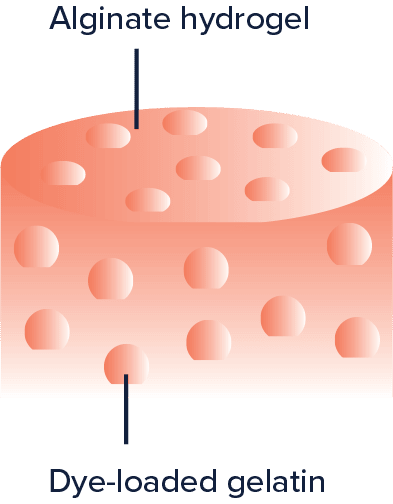


vulgaris may yield the following results: The Becton/Dickinson BBL Enterotube II system for identification of members of the order Enterobacterales inoculated with P. The optimal growing conditions of this organism is in a facultative anaerobic environment with an average temperature of about 40 ☌. It is referenced in the Analytical Profile Index using the nine-digit code: 047602157. vulgaris is tested using the API 20E identification system it produces positive results for sulfur reduction, urease production, tryptophan deaminase production, indole production, sometimes positive gelatinase activity, and saccharose fermentation, and negative results for the remainder of the tests on the testing strip. vulgaris also tests positive for the methyl red (mixed acid fermentation) test and is also an extremely motile organism. vulgaris ferments glucose and amygdalin, but does not ferment mannitol or lactose. vulgaris.Īccording to laboratory fermentation tests, P. penneri, while biogroups two and three remained together as P.

Biogroup one was indole negative and represented a new species, P. vulgaris was separated into three biogroups on the basis of indole production. vulgaris, has undergone a number of major taxonomic revisions. Over the past two decades, the genus Proteus, and in particular P. vulgaris was one of the three species Hauser isolated from putrefied meat and identified (1885). It is known to cause wound infections and other species of its genera are known to cause urinary tract infections. It is grouped with the Morganellaceae and is an opportunistic pathogen of humans. It can be found in soil, water, and fecal matter. Proteus vulgaris is a rod-shaped, nitrate-reducing, indole-positive and catalase-positive, hydrogen sulfide-producing, Gram-negative bacterium that inhabits the intestinal tracts of humans and animals.


 0 kommentar(er)
0 kommentar(er)
